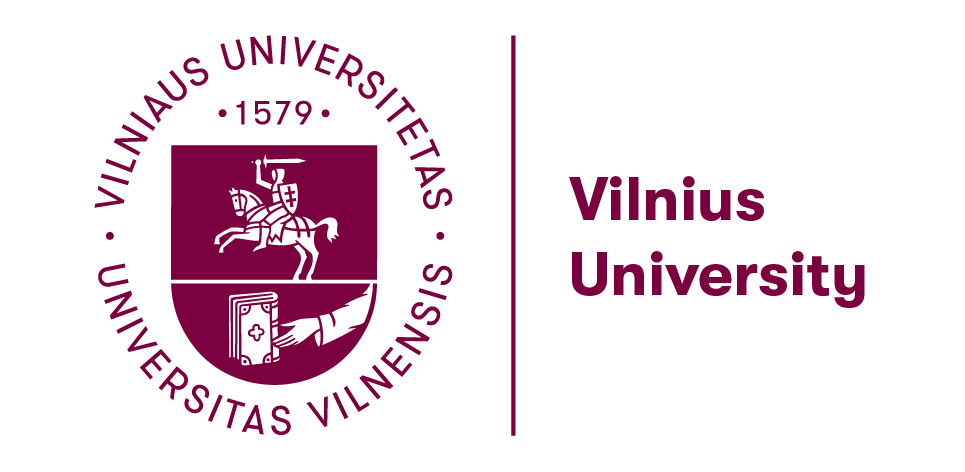R. Želvys , A. Jakaitienė, D. Stumbrienė, V. Brazdeikis, L. Lipkevičienė, J. Vaitekaitis
Research in Education and Training: International Aspects of Education and Training, September 18-19, 2019, Ljubljana, Slovenia.
Abstract. Before the fall of the „iron curtain“ most of the socialist countries had highly centralized and unified education systems, where inputs were strictly controlled. However, outputs were rarely assessed through any centralized system (West, Crighton, 1999). After 1989 the countries of the region underwent the reverse process: they decentralized their educational systems and liberalized inputs, but at the same time started to introduce elements of centralized assessment of student achievement. Lithuania was one of the first former socialist countries to introduce the system of external secondary school leaving, or maturity, examinations. The Lithuanian National Examinations Centre (NEC) was established in 1997 and centralized secondary school examinations were run for the first time in 1999 (Bethel, Zabulionis, 2000). School leaving examinations eventually replaced the entrance examinations to universities and colleges and their results are currently used for the purposes of student selection and allocation of state grants („student basket“). The 10th grade national assessment examinations were introduced in 2000, and, differently from maturity examinations, students‘ participation in assessment was voluntary. However, in 2011 the 10th grade examinations in mathematics and native language were made compulsory (EBPO, 2017). Several decades of practising external evaluation revealed shortcomings of the centralized assessment model. High-stakes testing in former socialist countries was subject to many critical judgements (Bethell & Zabulionis, 2012; Tampayeva, 2015). In particular, critics claimed that students focus most of their time and efforts exclusively to the subjects in which they intend to take examinations. High-stake examinations encourage private tutoring (ESP, 2006). Experts suggest alternative models where maturity examinations are combined with other forms of assessment. One of the possible options is the use both exams in conjunction (OECD, 2017).
The aim of the study was to find out to what extent the two types of examinations can supplement each other, as they rely on different methodological principles and use different marking systems. Can results of the 10th grade national assessment examinations serve as valid predictors of the outcomes of maturity examinations? Can they set targets for student improvement during the last two years of schooling? In the study we used individual level data for the entire Lithuanian student population, who have taken maturity examinations for the 2014-2018 period. The study examined the results of mathematics maturity examinations and compared them with the results of 10th grade national assessment examinations. The aim of the study was to find out to what extent the results of these two types of examinations correlate and to identify the predictive value of 10th grade national assessment examinations. We used Anderson-Darling test, Spearman‘s rank correlation coefficient. A research study was initiated by a group of mathematicians, psychologists and educators from Vilnius University. The data for the study was provided by the Centre of Information Technologies in Education of the Ministry of Education, Science and Sports. The research study is funded by the Lithuanian Research Council.
Results indicate that the average score of 10th grade assessment examinations is always higher than the average score of maturity examinations: the difference is between 50% and 200% depending on the year of examinations. Results of both types of examinations do not follow normal distribution. The normality of the data was tested using Anderson-Darling test. There is a strong correlation between the scores of both types of examinations (Spearman‘s rank correlation coefficient around 0.8 with p-value).
Literature
- Bethell, G., Zabulionis, A. (2000) Examination Reform in Lithuania. Vilnius, National Examination Centre.
- EBPO (2017) Reviews of National Policies for Education. Education in Lithuania. Paris: OECD Publishing. https://doi.org/10.1787/19900198
- ESP (2006) Education in a Hidden Marketplace: Monitoringo f Private Tutoring. Budapest: Education Support Program (ESP) of the Open Society Institute.
- OECD (2017) Education in Lithuania. Highlights 2017. Retrieved from: https://www.oecd.org/education/school/Education-in-Lithuania-2017-highlights.pdf
- Tampayeva, G. Y. (2015) Importing Education: Europeanisation and the Bologna Process in Europe‘s Backyard – The Case of Kazakhstan. European Educational Research Journal, 14(1), 74-85.
- West, R., Crighton, J. (1999) Examination Reform in Central and Eastern Europe: Issues and Trends. Assessment in Education: Principles, Policy & Practice, 6(2), 271-289.




